Nine Accessories for Charging Apple Devices
In my science-fiction future, batteries in laptop computers, smartphones, tablets, wearables, and other portable gadgets will last for weeks or months. Fretting about running out of juice will seem quaint, like hand-cranking a car to start it. Speaking of which, I want battery-powered flying cars too.
For today, though, many who are weary of dead devices resort to third-party power accessories that make charging more convenient and devices less likely to run dry. A dizzying variety of such charging accessories exists, many designed for users of Apple laptops, tablets, phones and watches. I’ve been trying out a number of these, some of which have proven helpful.
I give charging accessories bonus points if they can solve two or more power problems – charging my Apple Watch along with my iPhone, say, or being compatible with multiple charging standards like Lightning, USB-C, and Micro-USB.
One of the products even brings a dearly departed Apple charging technology back from the dead!
Satechi 60W 6-Port Multi-Port USB Desktop Charging Station — Like many tech geeks, I’m awash in gadgets needing to be charged. A multi-port charging station makes this chore simpler to handle since I don’t have to wrestle with an assortment of individual chargers, each needing its own AC outlet.
I’ve used a number of such charging stations over the years, but with the advent of USB-C, I’ve been on the lookout for an updated power station. Satechi’s $29.99 six-port variant has worked out nicely so far. Available in black or white, the charging station sports four USB-A ports and two USB-C ports, permitting me to charge everything from iOS devices and Bluetooth audio accessories to newer Apple notebooks.
I have just a few quibbles. Because it lacks rubber feet, the Satechi charging station slides around awkwardly no matter where I place it. In desperation, I resorted to clamping the Satechi in a vertical notebook stand. It’s also a bit big to take on the road.
In addition, Satechi’s charging station emits a low-pitched but persistent hum when plugged into a power outlet and switched on; the hum drove me nuts until I pinpointed the source. I’ve since grown used to it, but if you’re sensitive to noise, it might be a deal-breaker.
Nomad Ultra Rugged Cable Series — When grabbing a charging cord for the road, most iOS users take the one that came with their devices. There is no added cost, and Apple’s Lightning cables are thin and coil well. However, they’re also notoriously prone to fraying or otherwise failing prematurely.
I’ve been testing a trio of alternatives from Nomad called Ultra Rugged Cables. Other companies sell such cables, but Nomad has added a few nice twists.
All of Nomad’s cables are made of extra-thick wire sheathed in Kevlar and braided ballistic nylon. This makes them durable and tangle-resistant (and looks cool) but adds weight and bulk.
In addition to a $29.95 Lightning cable, Nomad sells a $39.95 Battery Cable that incorporates a cylindrical battery and a $39.95 Universal Cable that is three charging cables in one: Lightning, Micro-USB, and USB-C. I focused my testing on the latter two cables.
The Battery Cable provides roughly one entire iPhone charge when topped off, and itself charges when it’s plugged into a wall charger or computer via its USB-A prong. The battery is not, however, rated for iPad charging. This is why I sometimes saw a Not Charging message when plugging the cable into an iPad Pro, although trickle charging did occur. An iPad will charge just fine with the cable plugged into a power source, though.
You may appreciate the fact that the Battery Cable is 1.5 meters (nearly 5 feet) long, as are its siblings. I find it useful for snaking the cable out of my backpack and into my iPhone with length to spare. Or it may seem like an excessive length.
To determine how much charging capacity is left in the battery, you press a little button to make an adjacent light turn on. If the light is white, you have between 30 and 100 percent capacity. If it’s orange, you’ve gone below 30 percent and need to recharge soon.
Nomad’s Universal Cable pulls off its three-in-one trick by providing a USB-A to Micro-USB cable, and then adding two adapters or “tips,” attached to the cord via rubber strips, that each fit atop the Micro-USB prong to turn it into a Lightning or USB-C prong. This approach works nicely, though wrestling one adapter into place while keeping the other out of the way can be a bit awkward at times.
Charging the 2016 MacBook Pro in my home office was a cinch, with the Universal Cable’s USB-C tip jacked into the notebook and its USB-A end plugged into the Satechi charging station. I’ve also used the Universal Cable to charge my iPhone, my iPad, non-Apple smartphones with USB-C ports, and an array of Micro-USB accessories, such as audio headsets.
All three Ultra Rugged Cables include sturdy, stretchy, attached silicone ties for keeping the accessories in tight bundles for transport. They partly make up for how bulky the cords are compared to regular cables.
BreakSafe Magnetic USB-C Power Cable — Many people who have upgraded to recent Apple notebooks with USB-C ports have mourned the loss of MagSafe charging. With that beloved technology, charging prongs engaged with corresponding laptop ports magnetically, and readily disengaged if the laptop was unexpectedly yanked. MagSafe prevented an untold number of damaged Macs due to people tripping over cords.
USB-C doesn’t work like that, unfortunately. Its charging prongs fit in more deeply and do not pull out as easily, which can be a problem in the aforementioned yanking scenarios.
Griffin thinks it has the answer with its $39.99 BreakSafe Magnetic USB-C Cable. This ingenious product consists of a USB-C to USB-C cable with a detachable tip at one end. That’s the end that goes into a laptop’s USB-C port. Then, if the cable is accidentally pulled, it readily detaches from the tip, leaving only that dongle connected. This is, basically, MagSafe with a new name, BreakSafe.
I used the BreakSafe cable with the 2016 MacBook Pro, and it performed splendidly.
Though clever, the cable’s two piece design isn’t perfect. To replicate MagSafe functionality fully, you have to leave the tip plugged into the laptop at all times, which is clunkier than an integrated MagSafe port and potentially perilous if the tip catches on something and twists enough to damage the port.
You could detach the BreakSafe cable and its tip entirely when you are done working and stash the accessory in your bag for transport. But you have to take care that the tip doesn’t accidentally detach from the cable and disappear. That happened to me twice, but I managed to find the tip each time.
One other quibble: the BreakSafe cable, like Nomad’s Ultra Rugged Cables, is bulkier and heavier than Apple’s standard USB-C to USB-C cables, which makes for a bit more of a burden while on the go.
Logitech Base — When Apple unveiled its iPad Pro tablet line, it also introduced the Smart Connector. This port, built into one of the iPad’s long edges, is designed to engage with accessories, such as keyboard cases, for power as well as data transfer.
After Apple announced the Smart Connector, many expected a flurry of third-party accessories that would tap into this technology. The expected flood has been more of a trickle.
Logitech, though, has been on board with a handful of Smart Connector-compatible gadgets. These include a couple of Create keyboard cases along with an iPad Pro charging stand called the Base.
The $99.99 Base, which mimics the look and feel of the iMac’s metal base, holds an iPad Pro erect in landscape orientation, at a slight angle, while linking it to power via a Smart Connector at the bottom. The Base accommodates either a 9.7-inch or a 12.9-inch iPad Pro and, we can hope, future iPad Pro variants. It works as a stand for other iPad models too, but obviously without the charging capability.
I found the Base handy for charging an iPad Pro while also working on it via a Bluetooth keyboard. The iPad became a cute little desk workstation, though I found the fixed viewing angle less than ideal. The rest of the time, I’ve kept the iPad on the Base alongside my iMac as a secondary display for monitoring email, news, and social-media feeds.
The Base itself gets power via a Lightning port in the back. If you have the 12.9-inch iPad Pro, though, you might want to buy a Lightning to USB-C cable along with Apple’s 29-watt USB-C Power Adapter (see “iPad Pro Charges Faster with MacBook Adapter and New Cable,” 27 April 2016).
Belkin Valet Charger Power Pack for Apple Watch + iPhone — I love to travel but hate the clutter that all of the cords and chargers for my tech gear tends to create.
Belkin’s $99.99 Valet Charger Power Pack for Apple Watch + iPhone reduces this clutter by building an Apple Watch charging disk onto a portable battery pack. It lets me leave the crazy long Apple Watch charging cord at home and pack just a Lightning cable for my iPhone.
Alas, Belkin’s Valet is far from the standard set by P. G. Wodehouse’s Jeeves. It sports only one USB port, so forget about charging more than one device at once. As battery packs go, it’s kind of puny for the money — you can buy a battery pack with two or more ports, fast-charging capability (which the Valet lacks) and greater charging capacity for half the price.
Despite these issues, the Valet suits my needs. It’s compact, unlike other massive battery packs in my collection. Even so, it provides three full iPhone charges or eight Apple Watch charges, not that I can imagine the situation where you’d need a week of Apple Watch charges without being able to get to any other form of power.
Three More Accessories — I want to touch briefly on three other gadgets that have proven useful to me in various scenarios.
Nomad’s Car Charger With Battery is just that, a device charger that plugs into a car’s accessory port but also incorporates a battery so it can charge your iPhone once, fully, away from the car. Yet the charger is compact, even more so than Belkin’s Valet.
The Nomad charger has two ports, USB-A and USB-C – the latter a nod to the rising number of non-Apple phones and accessories with USB-C ports. But you can charge two iPhones if you have a Lightning to USB-C cable for one of them. This works fine in the car, but the battery does not have enough capacity to top off two such devices.
If this product strikes your fancy, grab it now since it has disappeared from Nomad’s site but can still be found at resellers such as Amazon for about $50.
Nomad also sells a $19.95 NomadPlus for iPhone accessory that adds a small battery to Apple’s regular iPhone charging plug.
The Apple charger and Nomad battery fuse together well, with Apple’s white accessory fitting into a square hole in the black Nomad mini-brick. The battery tops up while the Apple charger is plugged into the wall so that users have auxiliary power for their iPhones when they are away from wall outlets.
The third and simplest accessory is a $39.99 Belkin dongle called Lightning Audio + Charge RockStar that transforms an iPhone’s single Lightning port into two Lightning ports.
It thus allows for uninterrupted charging while using a set of Lightning EarPods for listening to music — or, in my case, as a journalist, for conducting tons of telephone interviews with my hands free for taking notes on a keyboard while not fretting about running low on juice.
Go, Go, Power Gadgets — So many clever charging accessories exist for Apple devices that this article has scarcely scratched the surface.
Such an accessory ecosystem is a good example of how Apple’s intentionally sparse product selection can be augmented by third-party purveyors to spectacular effect.
You certainly could make do with the charging equipment that Apple provides for its computers and mobile gear – but why would you want to, with so many other accessories that can make your life easier?
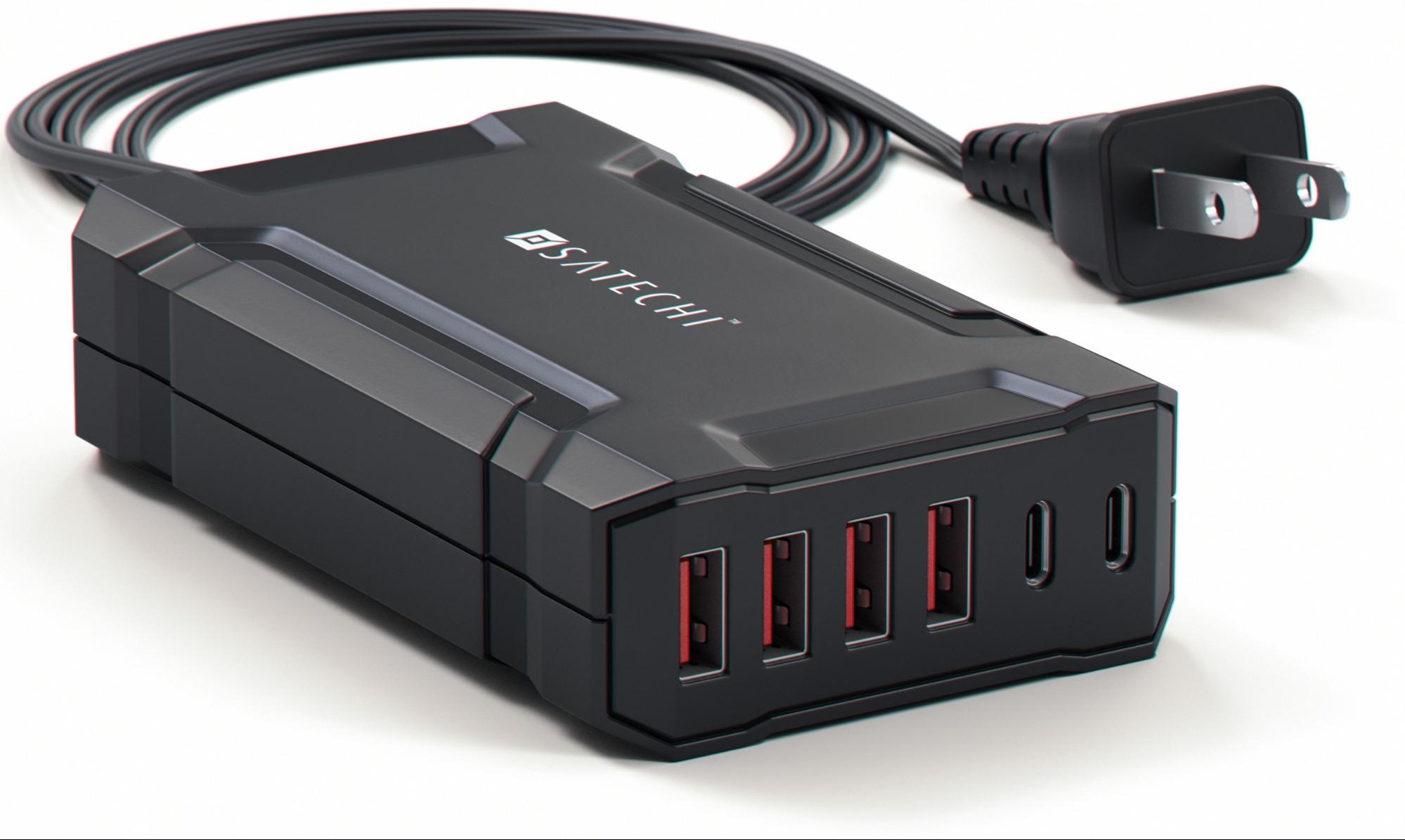
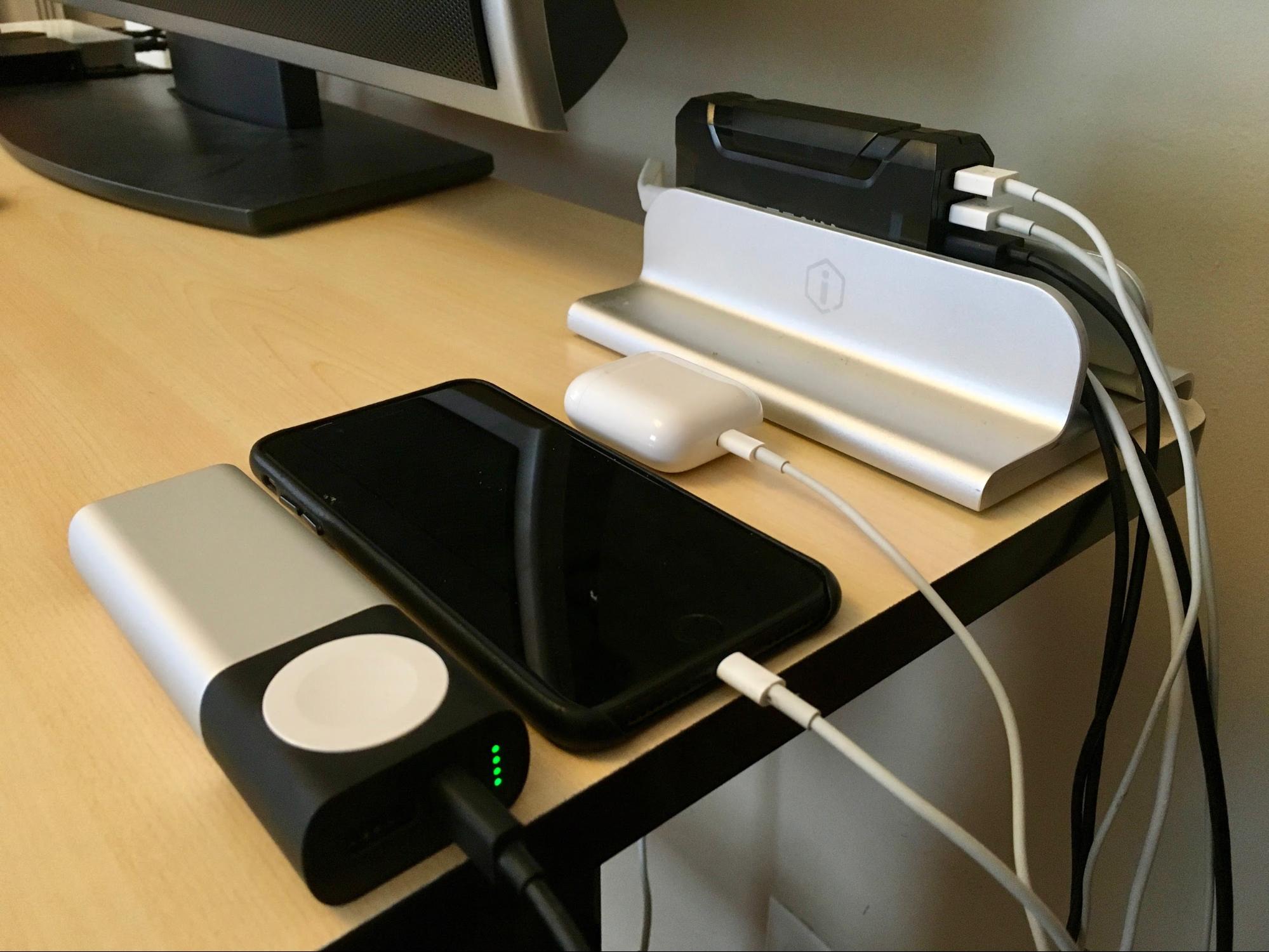
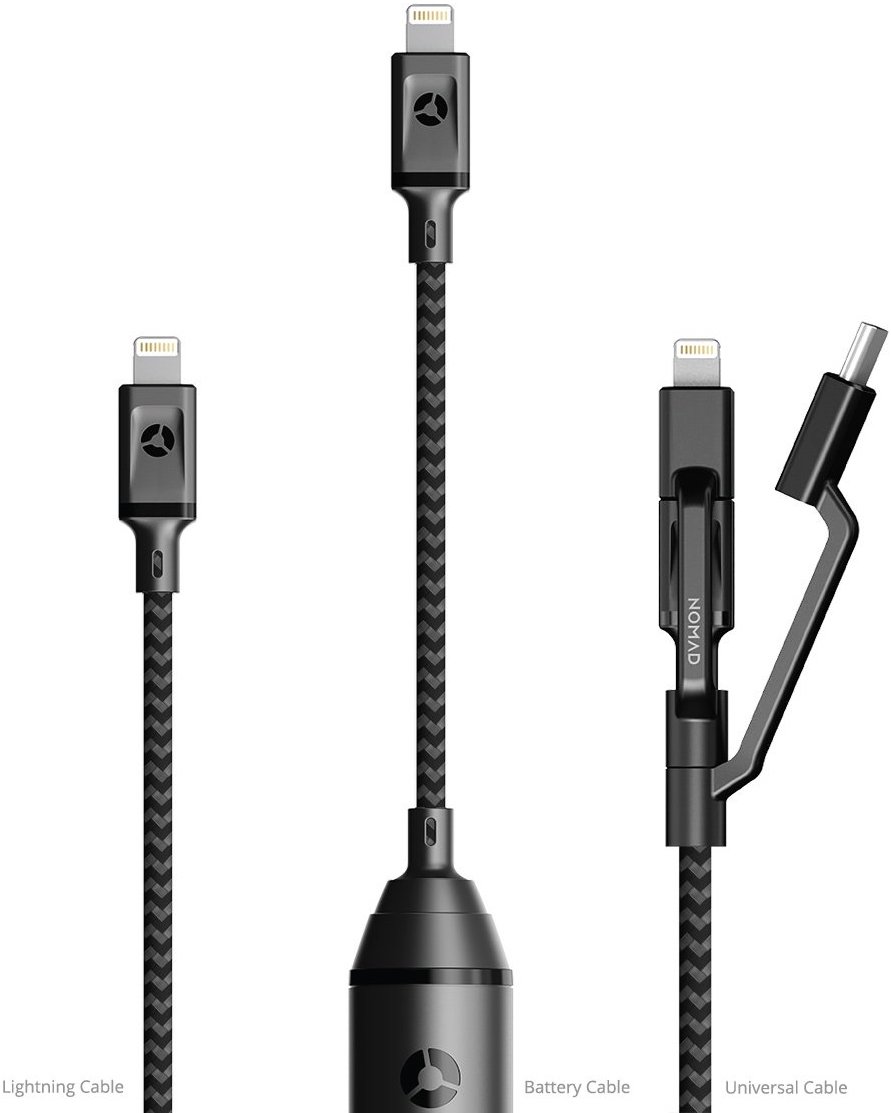
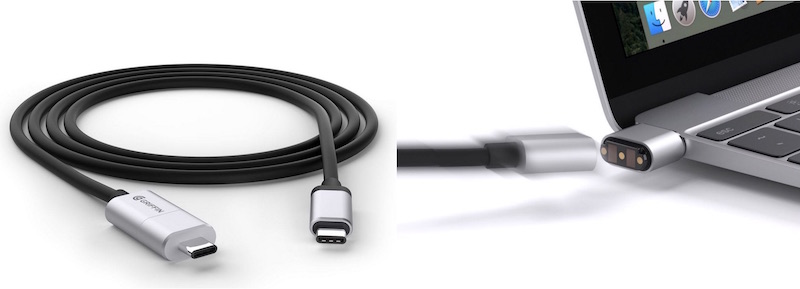
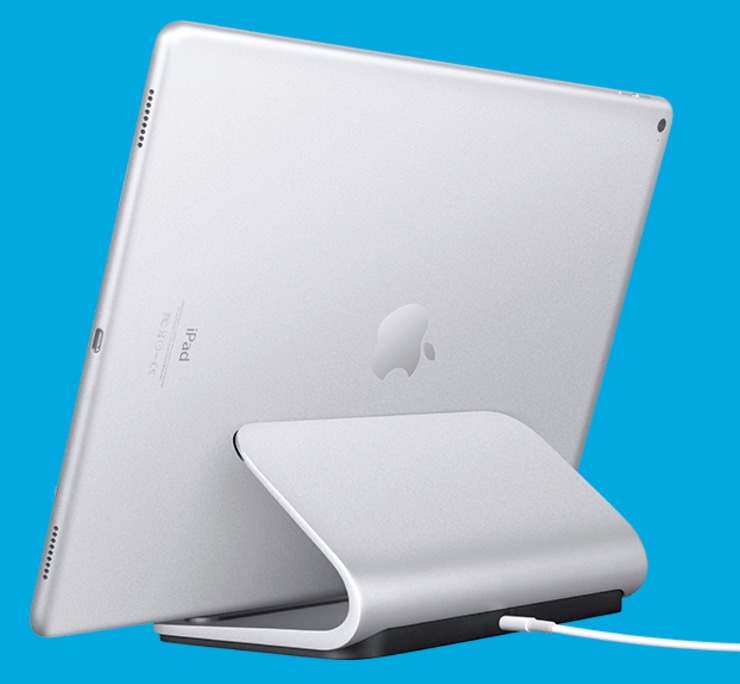
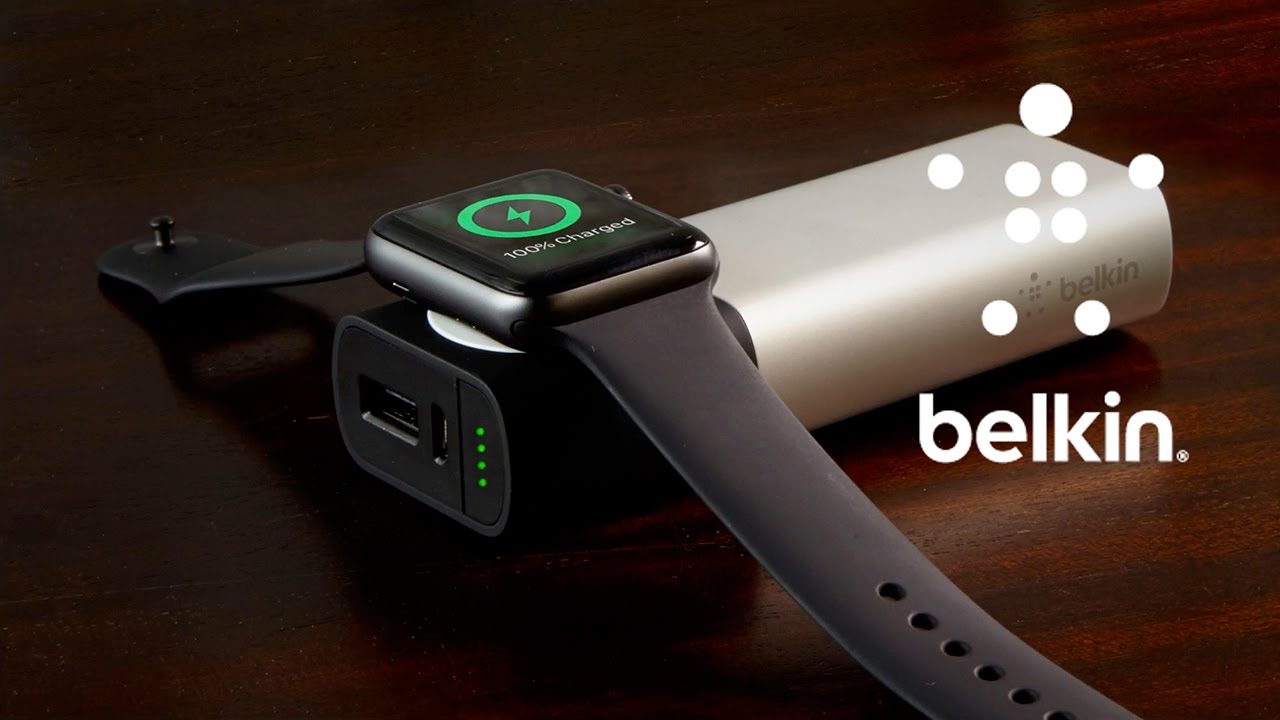
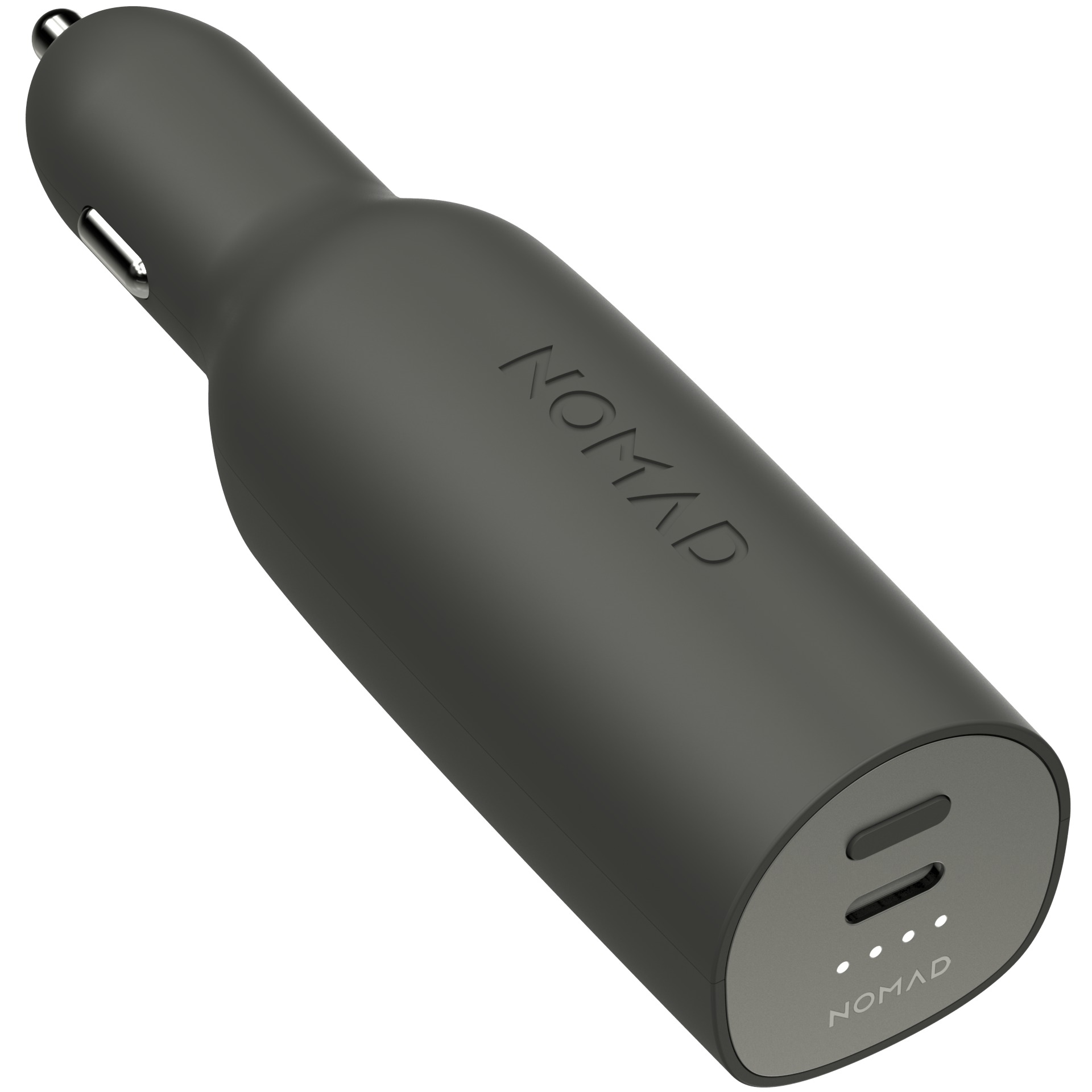
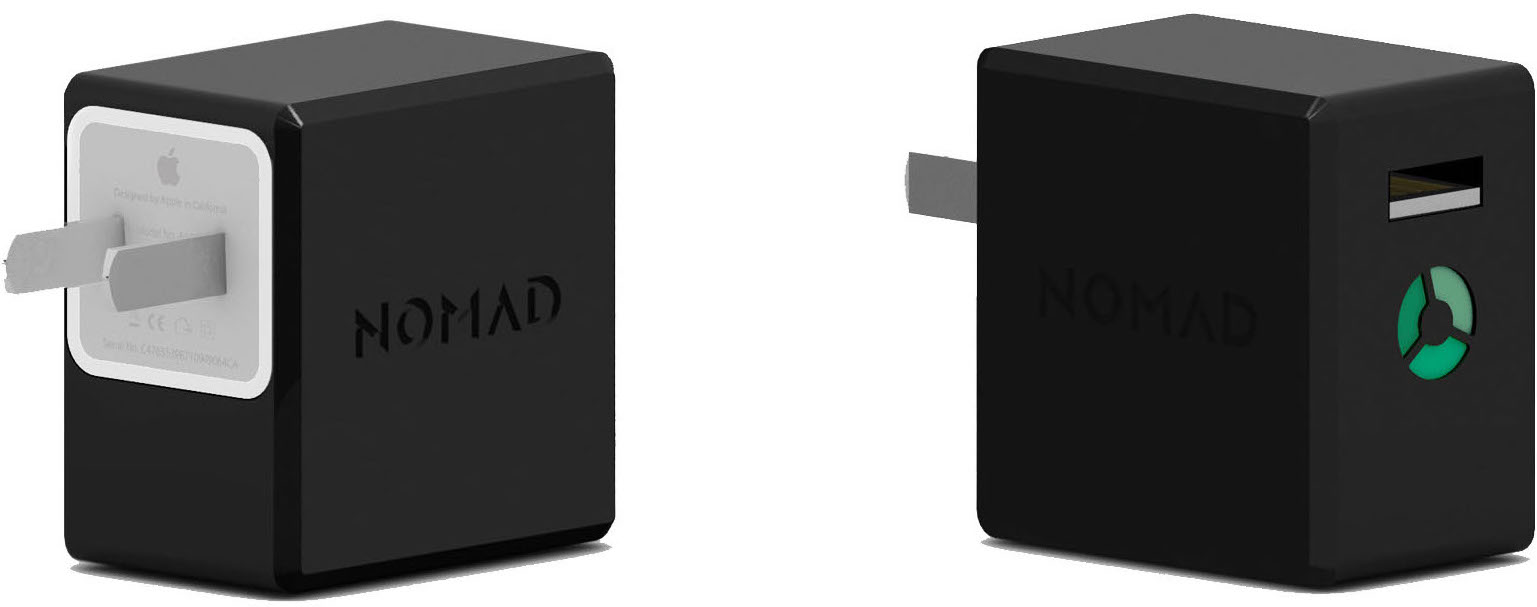
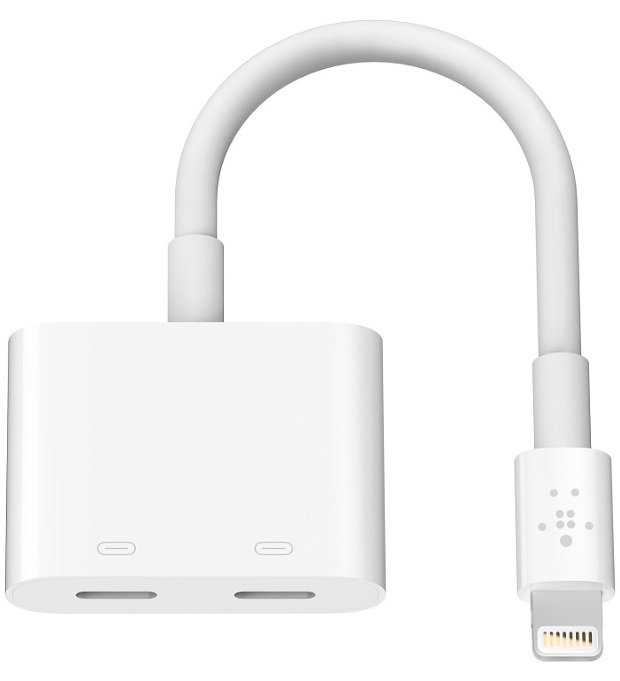
Julio -- Thanks for the suggestions. I'd be interested in a follow-on that scratches the surface more deeply.
More stories to come, I'm sure!
About the first device, you write, "Because it lacks rubber feet, the Satechi charging station slides around awkwardly no matter where I place it. In desperation, I resorted to clamping the Satechi in a vertical notebook stand. It’s also a bit big to take on the road." Try velcro. Works great and is what I use on my bed stand.
Good idea!
From back in the 30-pin day, my wife has an iPhone charging stand that is also a USB-2 hub (multiple USB ports in base). Still usable with the 30-pin to lightning adapter, but as far as I've been able to tell, no similar device was ever built with lightning built-in (much less USB-3).
I just picked up a 4-port (2 each 1A; 2 each 2A) charger by SyncWire.
It puts out a total of 34watts so you can charge 2 devices that require 10w and 2 that only require 5w at the same time. Of course you can instead charge 5w devices using the 10w ports and since you will only be drawing 1amp from all 4 ports this way, you'll only be consuming just over 20watts.
I plan on using it during a 30 day trip this summer to charge my iPhone, my iPad, and my Watch each night.
I bought it from Amazon
https://tinyurl.com/k7nf8rb
The only alternative charging solution of much interest to Apple's own would be a solution to make use of old MagSafe chargers - still waiting for that. (Bought the MagSafe, but has not used it as it is bulky and too easy breaks away since the cable is so stiff, so not much use there either.)